Sea & Sea YS-01 SOLIS User manual




















Table of contents
Other Sea & Sea Underwater Lighting manuals
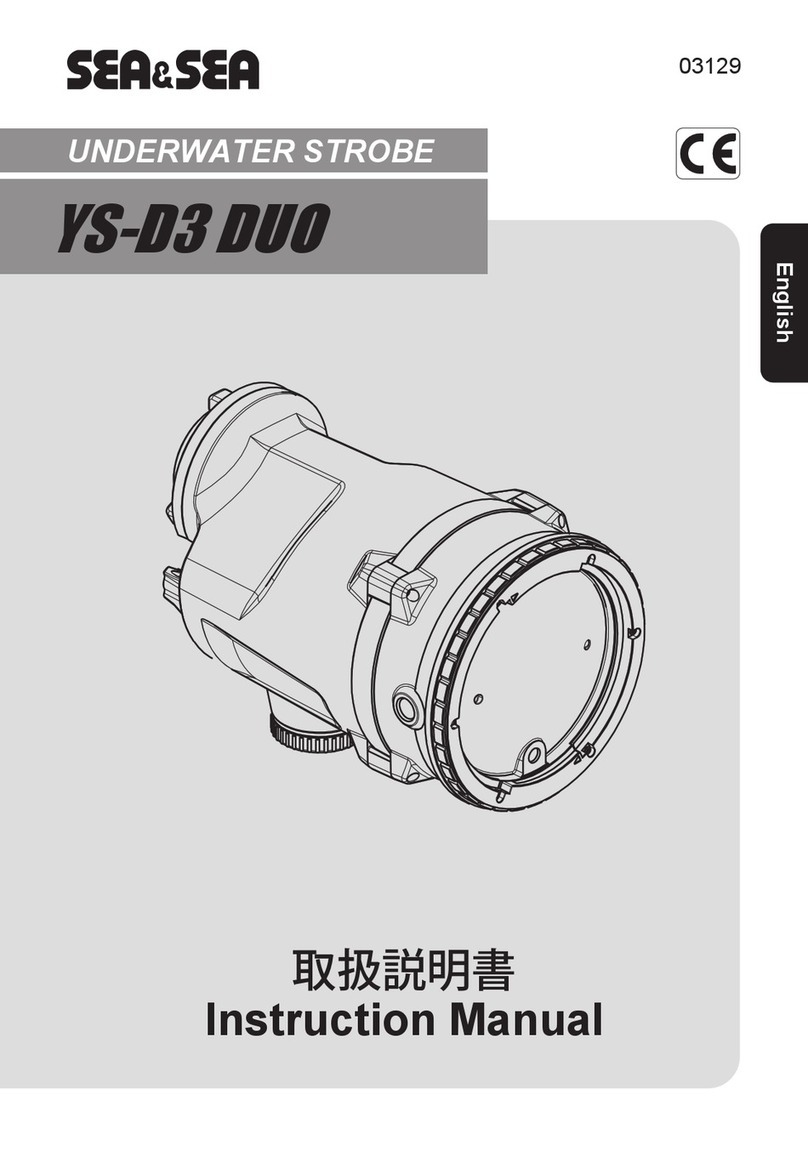
Sea & Sea
Sea & Sea YS-D3 DUO User manual

Sea & Sea
Sea & Sea YS-03 SOLIS User manual

Sea & Sea
Sea & Sea YS-D3 DUO User manual

Sea & Sea
Sea & Sea YS-17 User manual

Sea & Sea
Sea & Sea YS-03 SOLIS User manual

Sea & Sea
Sea & Sea YS-D3 User manual
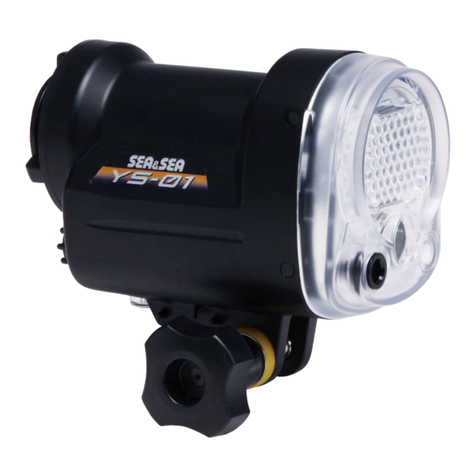
Sea & Sea
Sea & Sea YS-01 User manual

Sea & Sea
Sea & Sea YS-1 User manual
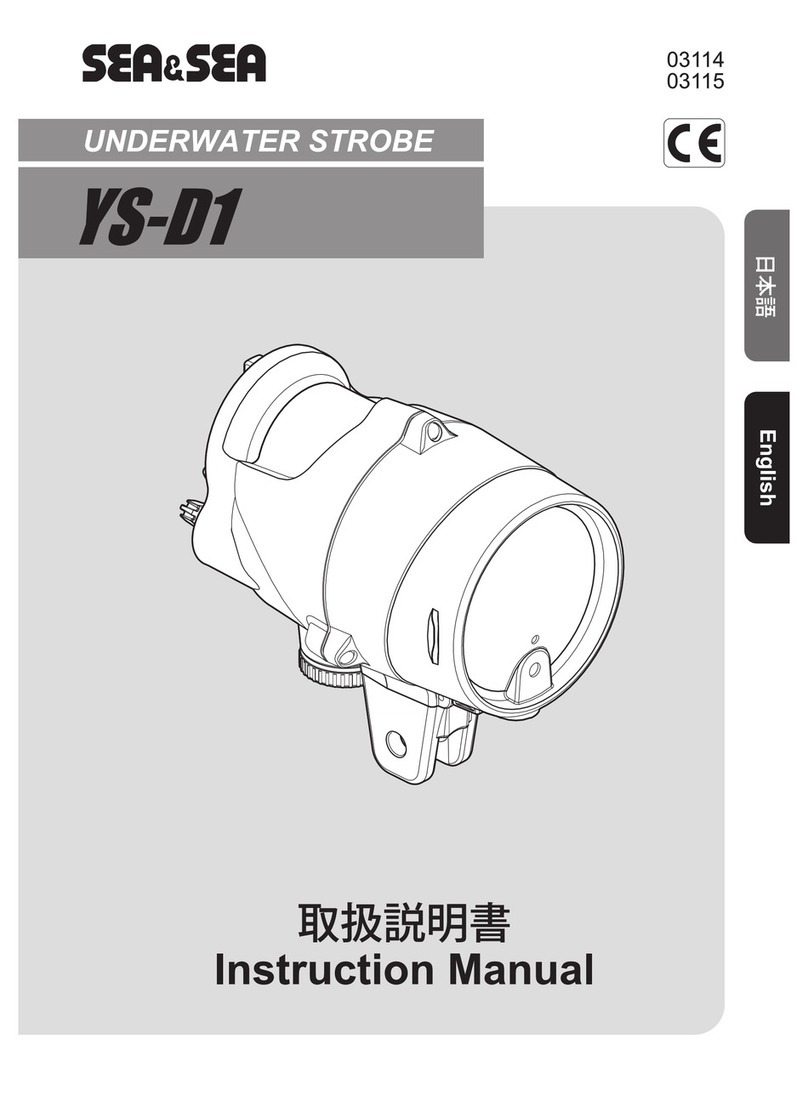
Sea & Sea
Sea & Sea YS-D1 User manual
Popular Underwater Lighting manuals by other brands

ML Accessories
ML Accessories WGULED Installation & maintenance manual
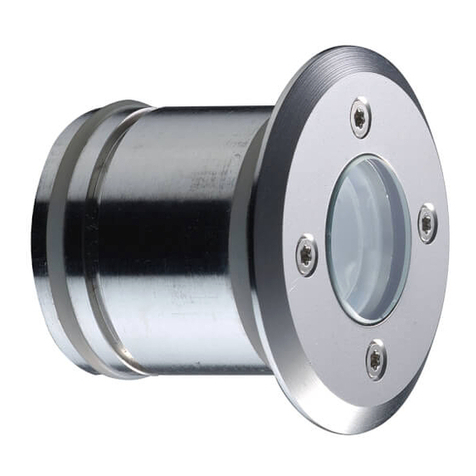
Wibre
Wibre 4.0012 installation manual
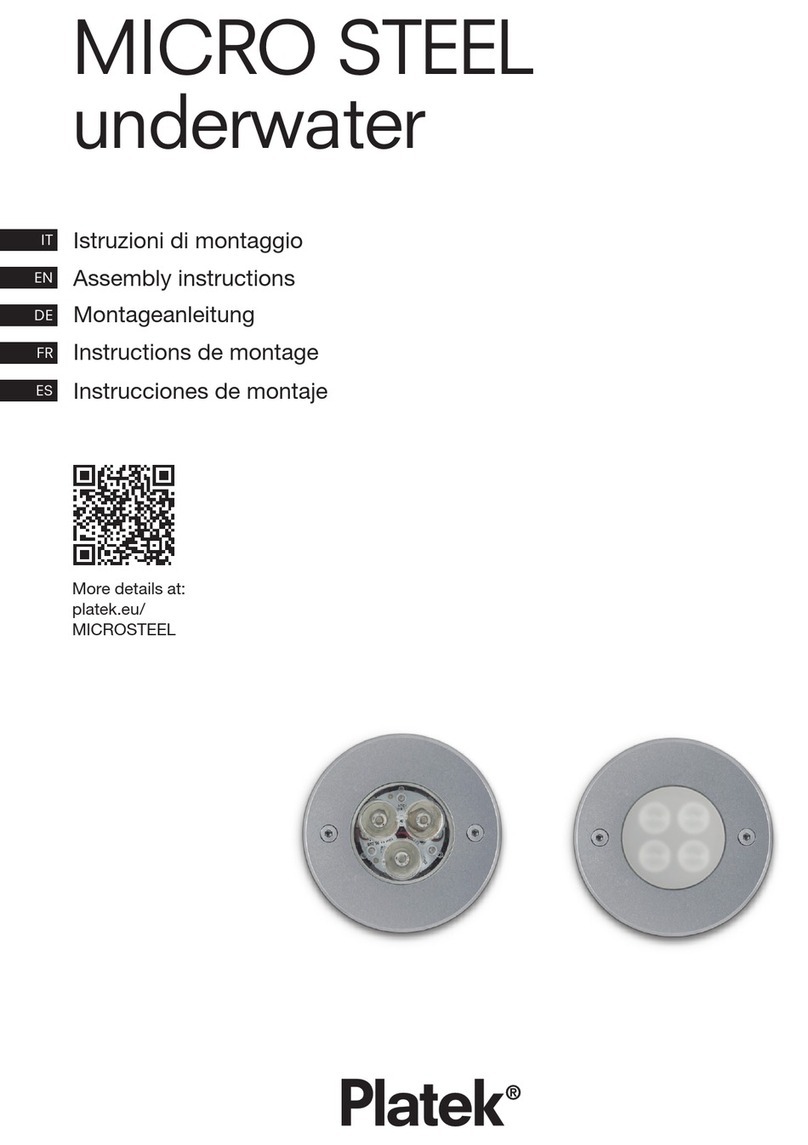
Platek
Platek MICRO STEEL REC 5.8W RGBW SPOT Assembly instructions
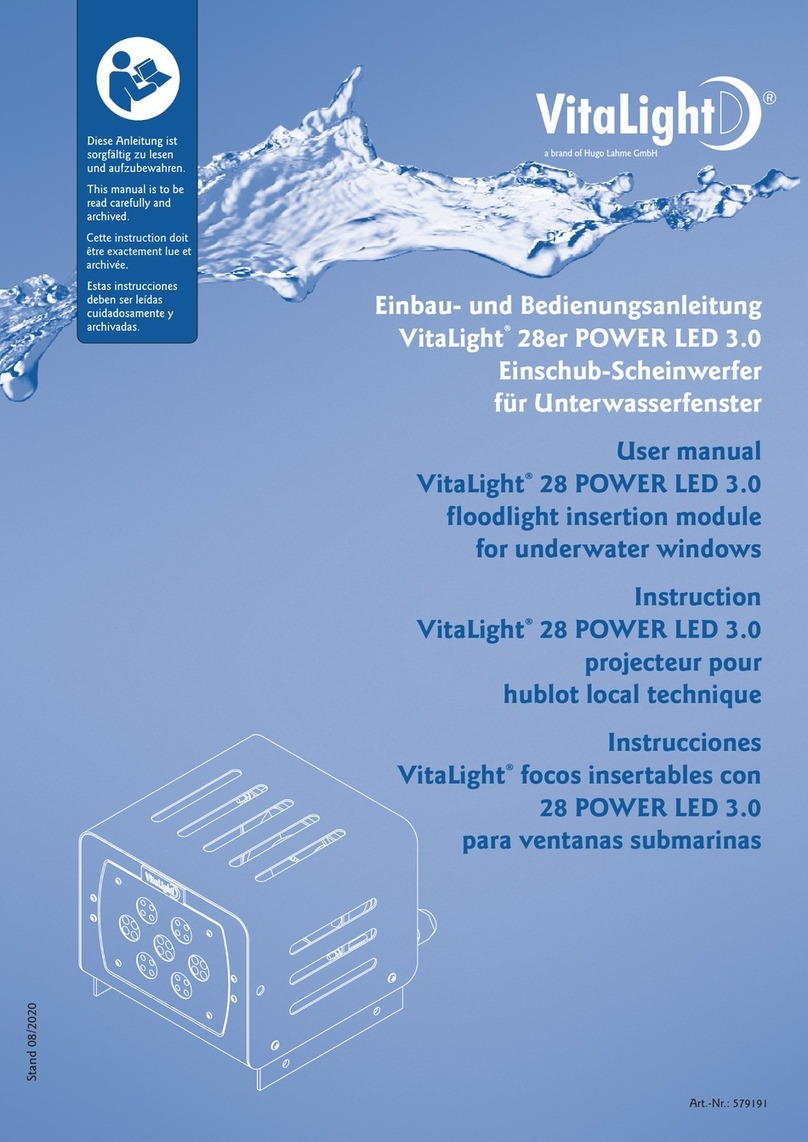
Hugo Lahme
Hugo Lahme VitaLight 28 POWER LED 3.0 user manual
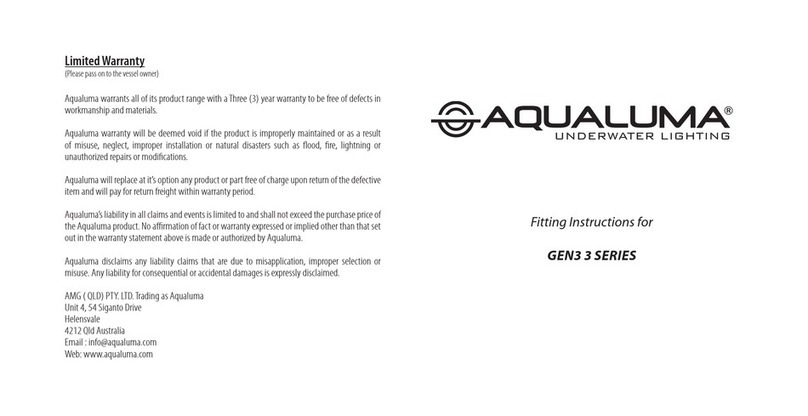
Aqualuma
Aqualuma GEN3 3 Series Fitting instructions
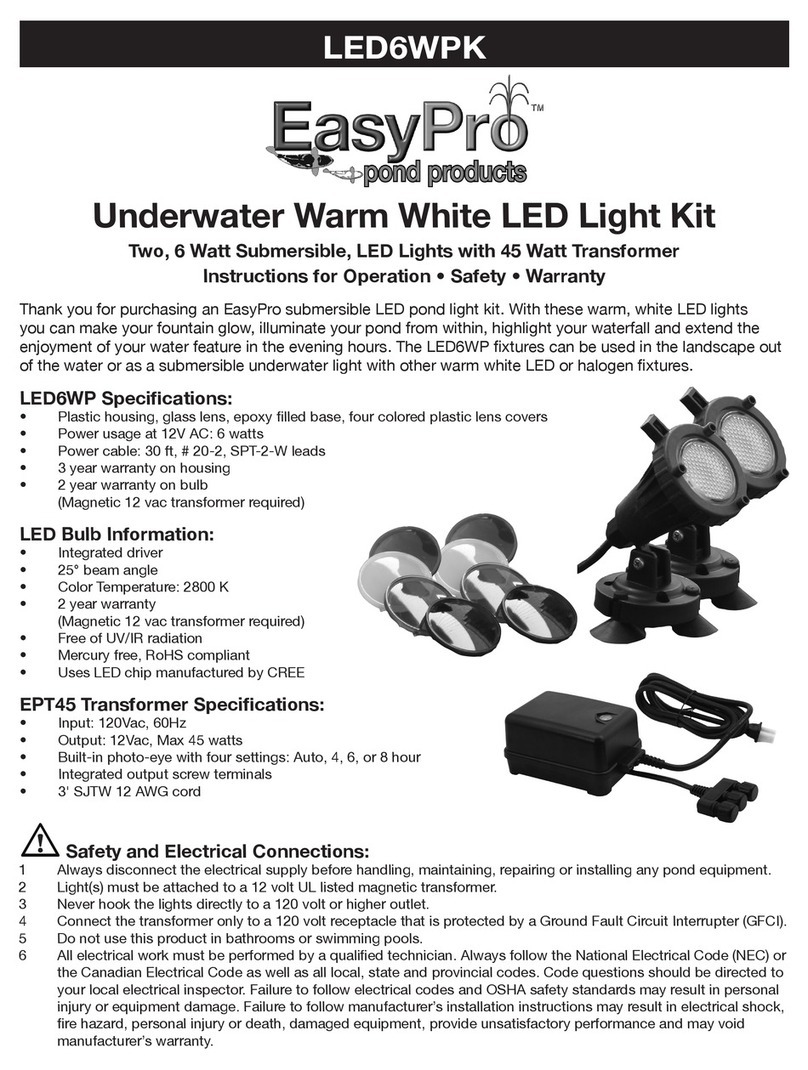
EasyPro
EasyPro LED6WPK Instructions for operation

Oceanled
Oceanled Marine LTD Sport Series Quick install guide
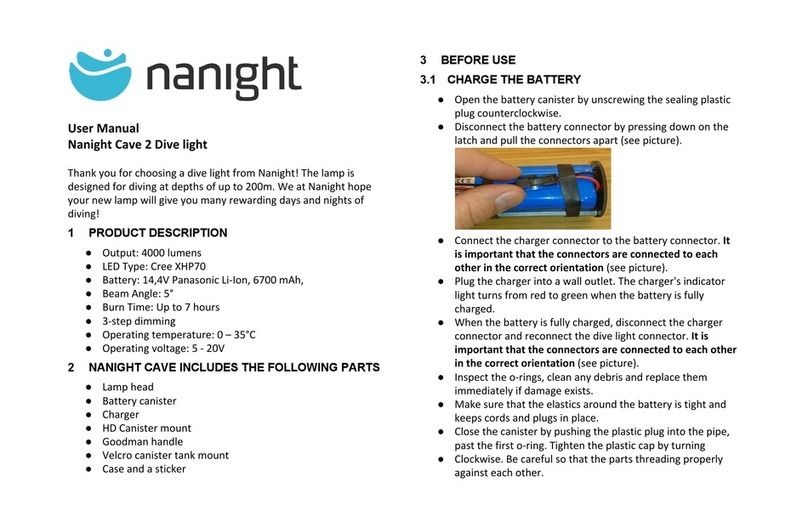
Nanight
Nanight Cave 2 user manual

ORCATORCH
ORCATORCH D530 user manual
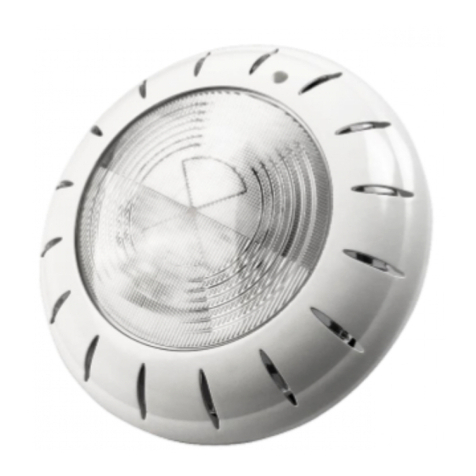
emaux
emaux E-Lumen X instruction manual
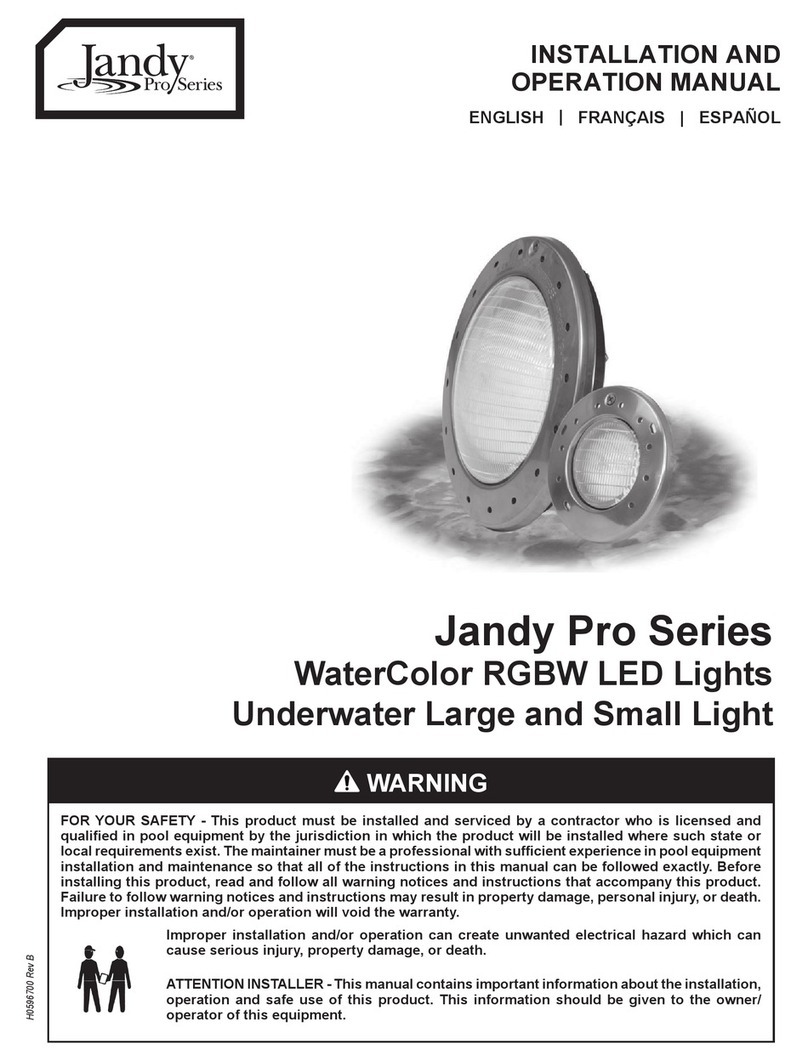
Jandy Pro Series
Jandy Pro Series CPLVRGBWS30 Installation and operation manual

Hidrotermal
Hidrotermal Hidro-SW300 Installation and maintenance manual

Spa Electrics
Spa Electrics SE3M installation manual

emaux
emaux P50 Operating instructions & parts manual

Sealife
Sealife Sea Dragon 5000 quick guide
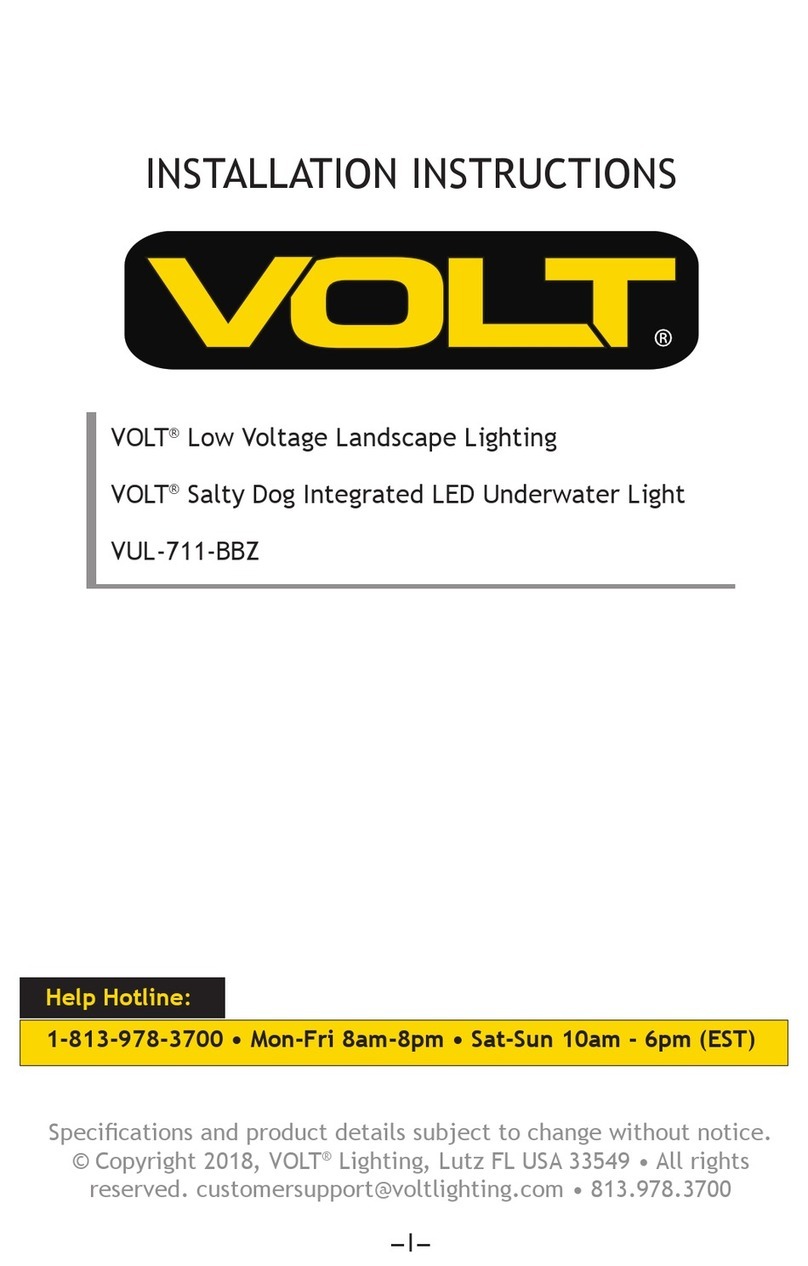
Volt
Volt VUL-711-BBZ installation instructions

Fisheye
Fisheye FIX NEO Premium 4030 EF II manual
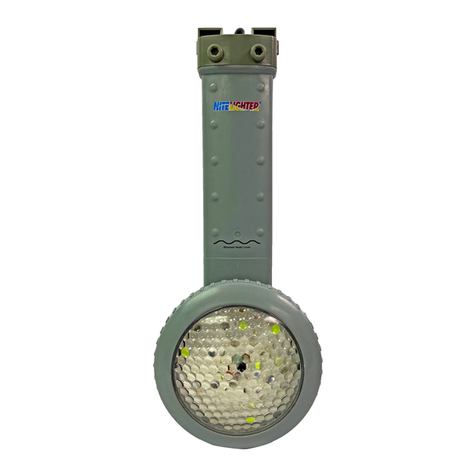
SmartPool
SmartPool NiteLighter NL50 Installation & operation manual